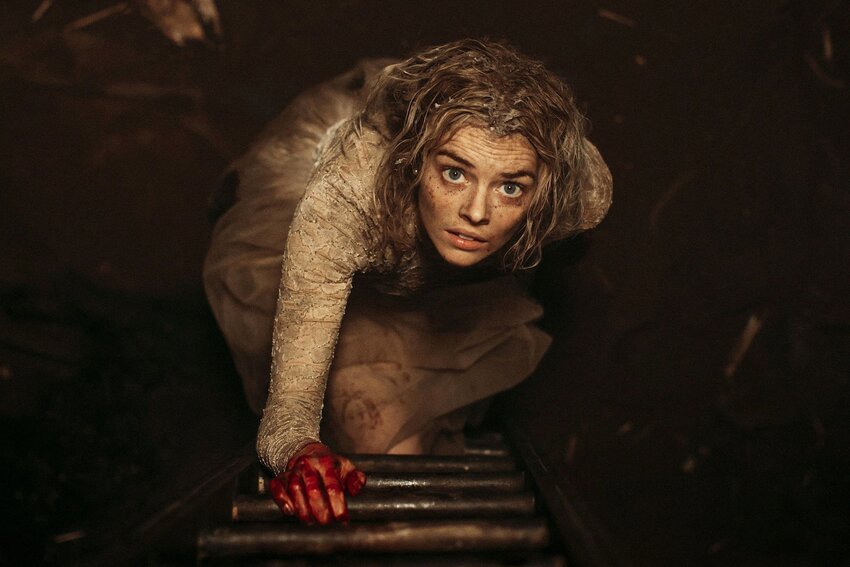There's no lack of Australian women horror icons if we look closely enough. Jessie Cathering Couvreur was writing ghost stories in the late 19th century under the mononymous pseudonym "Tamsa", while a few years later author Barbara Baynton's many popular stories of life in the bush veered towards the supernatural on more than one occasion. By the mid-20th century, the notorious Rosaleen Norton (often called the Witch of Kings Cross) was a tabloid staple, while the urban legend of the spectral Poinciana Woman has haunted Darwin for over 70 years. But this is not merely a white colonial affair. In some versions of the Poinciana Woman tale she is an Aboriginal woman, while elsewhere for example the Mooro people from Noongar country tell of a Dreamtime spirit called the Charnock Woman who collected the spirits of young children and kept them in her long, white hair.
When horror was transposed to the screen, Australian women forged a long connection to the genre both in front of and behind the camera. Like women in the film industry more generally, however, their donation to horror has largely been hidden in plain sight, compounded by reductive assumptions that horror is made by men, for men - and men alone. Despite such claims eradicating the influence of British writers like Mary Shelley and Ann Radcliffe literally centuries ago, it is simply not true.
If you need more convincing of the central place of women in the history of horror cinema, my 2020 book 1000 Women in Horror has just been made into a documentary of the same name, which will have its world premiere at the Melbourne International Film Festival in August 2025.
To whet your appetite, here's a small sample of some of the many women in Australia who have made significant donations to the genre….
Judith Anderson: The grand dame of Australian horror, this Sydney born-and-bred stage diva was a hit in the theatre from New York to London before making her film debut in the 1933 film noir Blood Money. But her most iconic role remains the ghoulish, terrifying Mrs Danvers in Alfred Hitchcock's 1940 classic Rebecca. Anderson would often return to gothic and horror territory, with highlights being Laura (1944), The Ghost of Sierra de Cobre (1964), and the 1975 Australian horror classic Inn of the Damned.
Kodie Bedford: Growing up with a love of Buffy the Vampire Slayer, Aboriginal filmmaker, playwright and screenwriter Kodie Bedford is best known for her work on series including All My Friends Are Racist, Firebite, Troppo and Territory. But she has a special place in every Australian horror fan's heart for her directorial debut "Scout", a short film segment in the 2019 horror anthology Dark Place which was written and directed entirely by Indigenous filmmakers. As I noted in a review at the time, my only complaint about "Scout" is that it wasn't a feature - funding bodies should be moving heaven and earth to give this woman more money to make more movies.
Emily Browning: Hailing from Melbourne, Emily Browning shot to stardom with her spectacular performance as Violet in the 2004 gothic black comedy Lemony Snicket's A Series of Unfortunate Events, and her horror (and horror adjacent) credits include Ghost Ship (2022), Darkness Falls (2003), The Uninvited (2009), Sleeping Beauty and Sucker Punch (both 2011), as well as appearing in episodes of American Gods and American Horror Stories.
Rose Byrne: While she has acted in a swathe of different genres, Rose Byrne is a familiar face in contemporary horror. Best known in the genre for her work in the enormously popular Insidious franchise which began in 2010, Byrne had by that stage also starred in the 2007 horror comedy Just Buried, 28 Weeks Later in 2008 with Robert Carlyle and Idris Elba, and 2009's Knowing with Nicolas Cage.
Margaret Cardin: One of the most important Australian women in film you've never heard of, negative cutting and matching might not be the most high profile job in filmmaking but according to people she worked with like George Miller and Byron Kennedy, her donation to their films was enormous. With over 50 credits to her name and having worked with Australian cinema giants from Miller to Peter Weir to Fred Schepisi, Cardin also worked her special magic on a number of cult Australian horror movies including Picnic at Hanging Rock and Inn of the Damned in 1975, Patrick in 1978, Thirst in 1979, and The Survivor and Strange Behaviour, both in 1981.
Adelaide Clemens: We might link Brisbane-born Adelaide Clemens to high profile films like 2008's X-Men Origins: Wolverine and 2013's The Great Gatsby, but she had a brief alternative life as a true scream queen, appearing in horror banger after horror banger. Starting with the 2011 rape-revenge film Wasted on the Young, Clemens would star in 2011's Vampire, 2017's Rabbit, and in 2012, she starred in both Silent Hill: Revelation, and appeared with Luke Evans in arguably best horror film you've never seen, Ryuhei Kitamura's No One Lives.
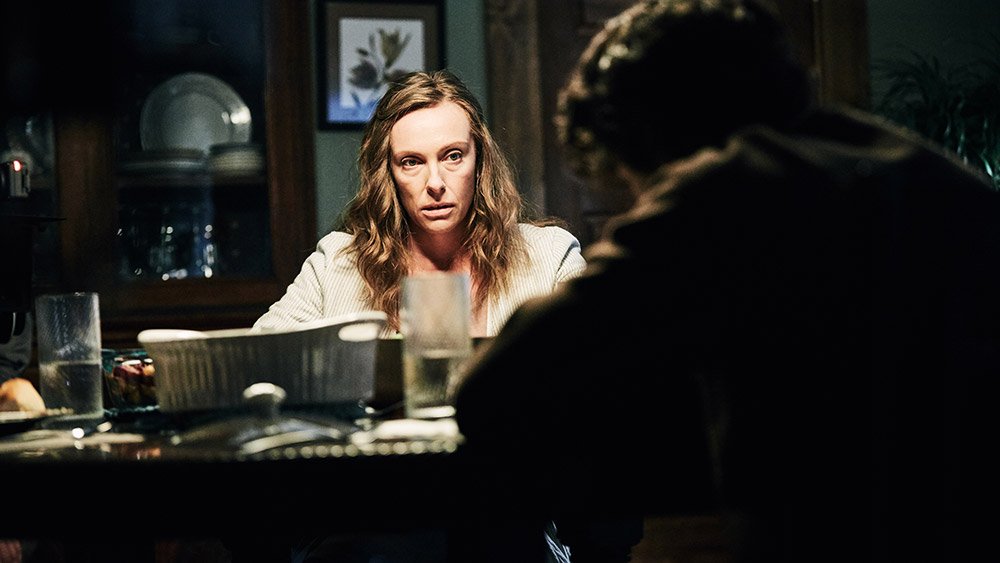
Toni Collette: Ari Aster's 2018 modern horror classic Hereditary alone grants Toni Collette a permanent place as horror royalty alone for a performance that has rarely been matched in intensity in any genre before or since. But the NIDA trained Collette has a long connection to the horror genre: while the 1998 film The Boys might not be horror per se, its nightmarish portrait of the behind the scenes psychology of one of Australia's most vicious and notorious true crime stories certainly renders it truly nightmarish. Collette made her international breakthrough in 1999's The Sixth Sense with Bruce Willis, and since then has worked in a number of horror movies including Like Minds and The Night Listener in 2006, Fright Night in 2011, Krampus in 2015 and Velvet Buzzsaw in 2019.
Penny Cook: Best known as Vicki the vet from beloved '80s television drama A Country Practice, Penny Cook had a brief but impressive two-film run that decade, putting in performances that have rightly earned the title of one of our lesser acknowledged scream queens: Coda in 1987 and The Dreaming in 1988.
Ursula Dabrowsky: Canadian filmmaker Ursula Dabrowsky has lived in Adelaide since the 1990s and was an important early pioneer in the current contemporary wave of South Australian horror that has produced everything from The Babadook to Bring Her Back. Dabrowsky's feature films include 2009's Family Demons, 2014's Inner Demon and 2023's The Devil Work, with a forthcoming feature Ruby, Ruby in pre-production.
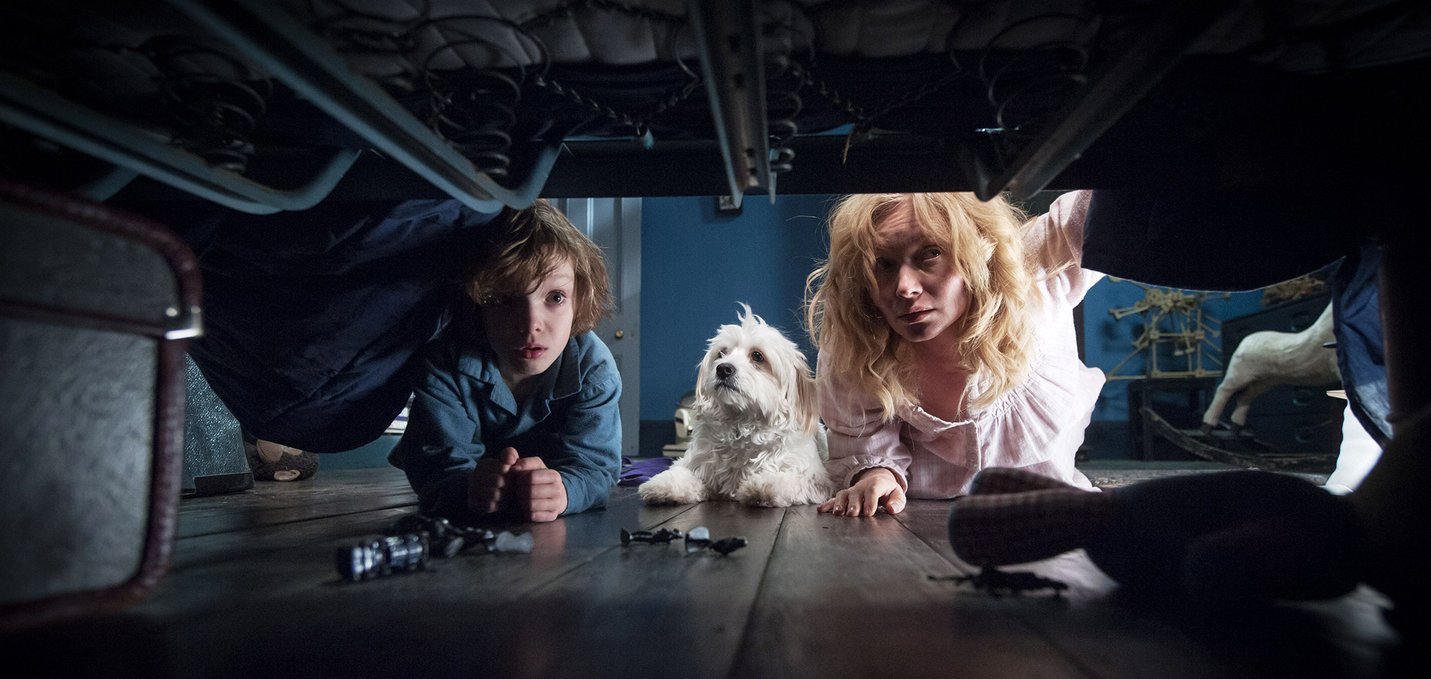
Essie Davis: While synonymous for her starring role in Jennifer Kent's breakthrough debut horror feature The Babadook in 2014, Essie Davis is no stranger to horror. With a background in theater, her other horror work includes a 2006 TV movie adaptation of Sweeney Todd, the 2005 Irish horror film Isolation, as well as starring in Jennifer Kent's segment "The Murmuring" in Guillermo del Toro's Cabinet of Curiosities in 2022, the 2025 series Alien: Earth.
Kate Glover: Growing up with horror movies, Kate Glover moved to the United Kingdom while in post production on her solo directorial debut, the 2010 slasher movie Slaughtered which she also wrote and produced. Glover has continued to work on an impressive slate of films in a production capacity, including many other horror films such as 2016's I Am Not a Serial Killer, 2017's Slumber and 47 Metres Down, the latter's 2019 sequel 47 Meters Down: Uncaged, a 2019 episode of Black Mirror and the 2021 horror short Boys Will Be Boys.
Kitty Green: Australian filmmaker Kitty Green may not be the first kind of person we think of when we hear the word horror. But going right back to earlier work like the documentaries Ukraine is Not a Brothel (2017) and Casting JonBenet (2017), she has a clearly demonstrated interest in women, bodies and power, all of which came to the fore in her powerful 2019 #MeToo themed feature film The Assistant. This background made her turn to horror in 2023's The Royal Hotel feel totally organic, a feminist twist on the classic Wake in Fright that only Green could pull off.
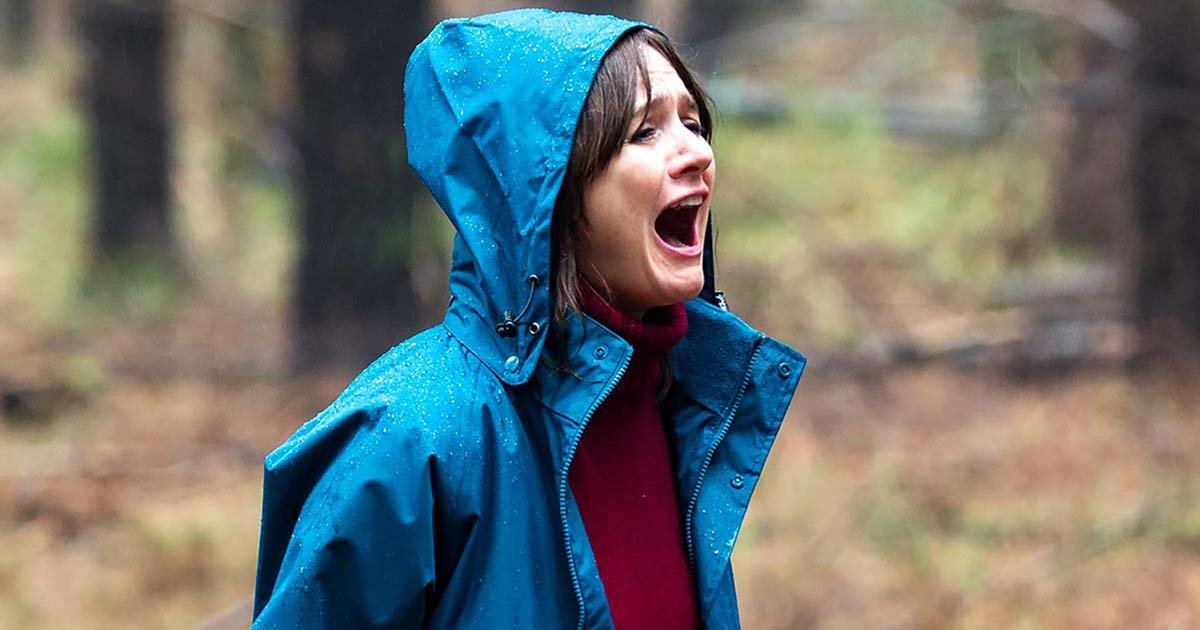
Natalie Erika James: While Natalie Erika James has been making short films since 2011's Tritch, it was 2017's Creswick that revealed her as a true poet of horror cinema. Expanding that original short into her 2020 debut feature film Relic, this brooding, exquisite tale of the nightmare of dementia won instant international acclaim, with fans including filmmaker Mary Harron of American Psycho fame. James followed this up in 2024 with her prequel to Rosemary's Baby, Apartment 7A, and has just completed her forthcoming horror film Saccharine.
Clytie Jessop: While born in Australia, Clytie Jessop worked primarily in the United Kingdom where she appeared in some of the most iconic British horror films ever made, including the 1961 film The Innocents with Deborah Kerr, and numerous later horror projects directed by that film's cinematographer Freddie Francis, including Nightmare in 1964 and Torture Garden in 1967.
Jennifer Kent: Training initially as an actor herself at Sydney's National Institute of Dramatic Arts, when deciding to pivot to directing Kent took an unorthodox path away from further formal study and instead cold called Danish filmmaker Lars Von Trier, which led to her working on his 2003 film Dogville. During this period she developed her 2005 short film Monster which would later evolve to become her international hit The Babadook in 2014. Kent followed this up with 2018's The Nightingale and - with The Babadook's Essie Davis - the episode "The Murmuring" for Guillermo del Toro's Cabinet of Curiosities in 2022.
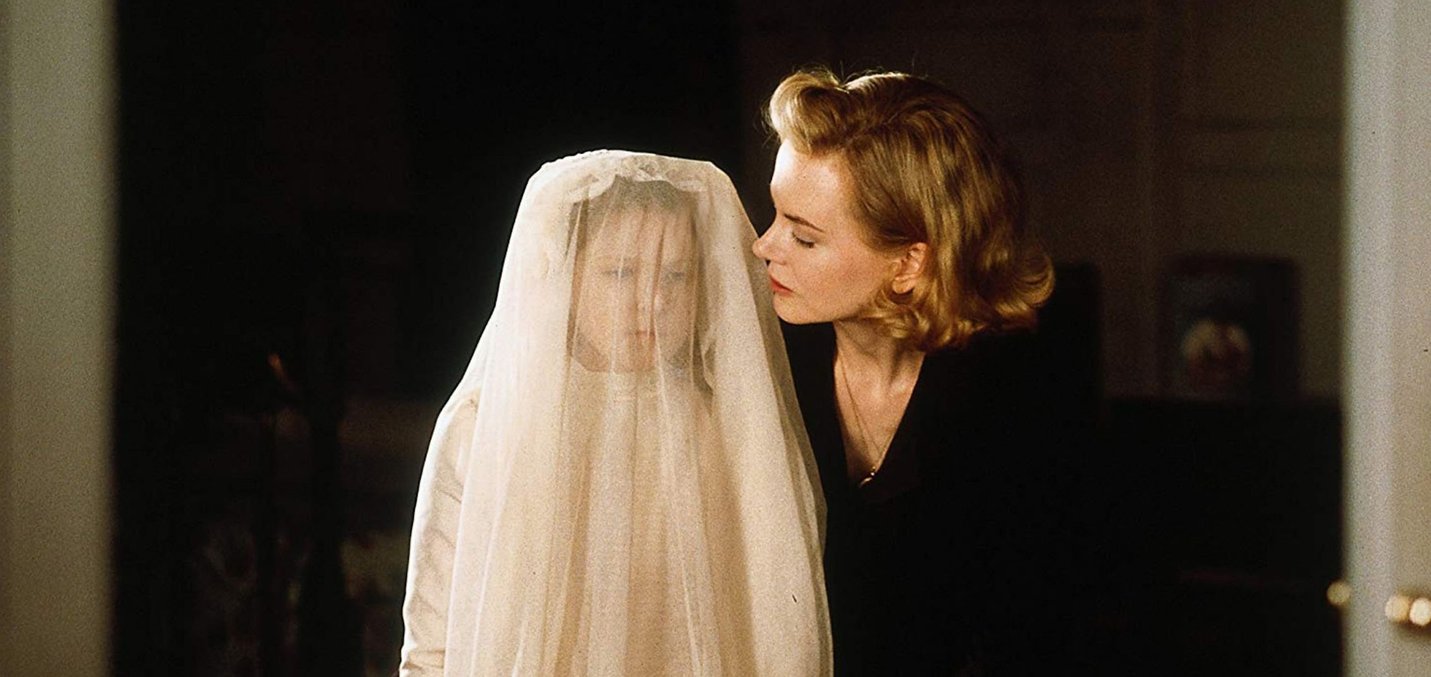
Nicole Kidman: We can't claim Our Nicole™ solely for horror, but she has done enough work in the genre for her to rate an important mention. There were of course major horror vibes in her 1989 thriller Dead Calm, and her affinity with the gothic, horror and horror-adjacent material continued with 1998's Practical Magic, 1999's Eyes Wide Shut, 2001's The Others, 2004's The Stepford Wives, 2005's Bewitched, 2007's The Invasion, 2017's The Killing of a Sacred Deer and The Beguiled, and 2025's Holland.
Caitlin Koller: Finding herself with an international festival hit on her hands with her 2012 student short horror film Maid of Horror, award-winning Melbourne filmmaker Caitlin Koller was promptly snatched up by wise overseas producers to direct the 2018 US horror-comedy 30 Miles from Nowhere starring legendary character actor Carrie Preston. Koller's other horror shorts include 2017's Blood Sisters (co-directed by Lachlan Smith), and she is currently developing her highly anticipated sophomore feature.
Alice Maio Mackay: If you ever have a gut feeling you haven't accomplished enough with your life, don't read this short profile any further. Adelaide-born, Sydney-based Alice Maio Mackay is a 21-year-old filmmaker who has released no less than six feature films, starting with 2021's So Vam, then 2022's Bad Girl Boogey, 2023's T Blockers and Satranic Panic, 2024's Carnage for Christmas, and the just-released 2025 film The Serpent's Skin. All punk, all horror, and all tapped in proudly to Mackay's lived experience as a young transgender woman and the community that supports her and her work, there is literally no one like Alice in the world - she is truly a national treasure.
Donna McRae: A long-time mentor to an entire emerging cohort of Australian filmmakers through her work at Deakin University, Donna McRae is also a formidable filmmaker herself. McRae has strong ties to horror as seen in her feature films Johnny Ghost (2012) and Lost Gully Road (2017) - both which garnered international award attention - and she is currently developing another feature, the supernatural thriller Now Dawn.
Natalie Mendoza: Neil Marshall's 2005 film The Descent has rightly earned the reputation as one of the most beloved cult feminist horror films ever made. Amongst its all-femme ensemble cast, Hong Kong born but Sydney raised Natalie Mendoza began her career here before moving to the United Kingdom where she was cast as Juno in Marshall's famous film. She returned to the role for its 2009 sequel, and later appeared in the 2017 horror comedy Blood Drive.
Catherine Millar: While today best known for her work on series like NCIS Sydney, Wentworth, Miss Fisher's Murder Mysteries, and Harrow, award-winning director Catherine Millar has literally decades of experience in feature films, too. Across her enormous, impressive filmography are a number of horror-imbued TV movies, including 1984's Every Move She Makes, 1999's Without Warning, the 1998 haunted house film 13 Gantry Road and the 1999 horror-comedy Mumbo Jumbo. Millar was also the Head of Directing at the Australian Film Television and Radio School, later became their Deputy Director of Screen Content from 2010 to 2012.
Radha Mitchell: This Melbourne born actress has worked in a number of horror films both in Australia and in the US, including 2000's Pitch Black, 2003's Visitor, 2006's Silent Hill, 2007's Rogue, 2010's The Crazies, 2012's Silent Hill: Revelation, 2013's Evidence, 2016's Sacrifice and The Darkness, 2020's Dreamkatcher, and 2022's Devil's Workshop and Girl at the Window.
Tracey Moffatt: While Australian critics have tended to value the feature film debut of one of the nation's most important contemporary artists purely through the lens of her Aboriginal identity, Moffat's 1993 feature BeDevil is also an enormously important film in international horror film history. Playing in the Un Certain Regard section at the 1993 Cannes Film Festival, this anthology of three ghost stories inspired by tales Moffatt was told as a child by her Aboriginal and European relatives, BeDevil was also the first horror anthology film directed by a single woman filmmaker.
Isabel Peppard: Australia's reigning Queen of the Goths also happens to be one of the country's most original and productive visual artists and filmmakers. Her 2012 short Butterflies was a stop-motion animated dark fairy tale that played over 50 festivals internationally, and - after a mentorship program with US filmmaker Jennifer Lynch (yes, David's daughter) - Peppard would co-direct the award-winning 2019 documentary Morgana. She is currently developing her feature film debut (tentatively called Motherless) with Good Things Productions.
Yolanda Ramke: When Yolanda Ramke and Ben Howling's 2013 short horror film Cargo went viral on YouTube, the groundwork was laid for their feature film adaptation of the same name in 2016. It was enormously successful, leading her to Canada where she would direct a number of episodes of Mike Flanagan's Netflix series The Haunting of Bly Manor in 2019.
Mia-Kate Russell: An all-round horror renaissance woman, Russell's career as a make-up and special effects artist in horror alone garners her an important place in the history of Australian women in horror, with credits on movies including I, Frankenstein in 2014 and Scare Campaign in 2016. But Russell is equally formidable as a filmmaker in her own right, excelling in the horror space with shorts including 2013's Swallow, 2016's Death By Muff, 2017's Liz Drives and 2018's Maggie May. She is currently in post-production on her feature debut, Penny Lane is Dead.
Sarah Snook: With her award-winning work in the mainstream today it might be easy to forget that Sarah Snook's early film career was marked by impressive work in horror and scifi. Highlights from this era include 2013's These Final Hours, and Jessabelle and Predestination (both from 2014). While not perhaps the core of her more recent work, Snook has maintained a connection to the gothic and the dark fantastic in movies including 2018's Winchester and 2023's Run Rabbit Run.
Ann Turner: A graduate of Melbourne's Swinburne film school (later to become the VCA), Anne Turner's 1989 feature debut Celia began its life as a period drama that - to Turner's own surprise - found a new life internationally where it was promoted heavily as a horror movie. One of the most beautiful and haunting Australian films ever made, this dark coming of age film set in 1950s Melbourne suburbia deserves its reputation as one of the finest horror films of the late 1980s from anywhere in the world.
Mia Wasikowska: Proving there is more to Canberra than roundabouts and government offices, Mia Wasikowska has become an international staple in dark, weird films. While she spent her childhood in the ACT focused on professional dance, she soon turned to acting and as a child starred in movies including the horror film Rogue in 2007, then making her international breakthrough in Tim Burton's Alice in Wonderland in 2010. Wasikowska's work in horror and gothic cinema includes Only Lovers Left Alive and Stoker in 2013, Crimson Peak in 2015, Piercing in 2018, Judy and Punch in 2019, The Devil All the Time in 2020, and Club Zero in 2023.
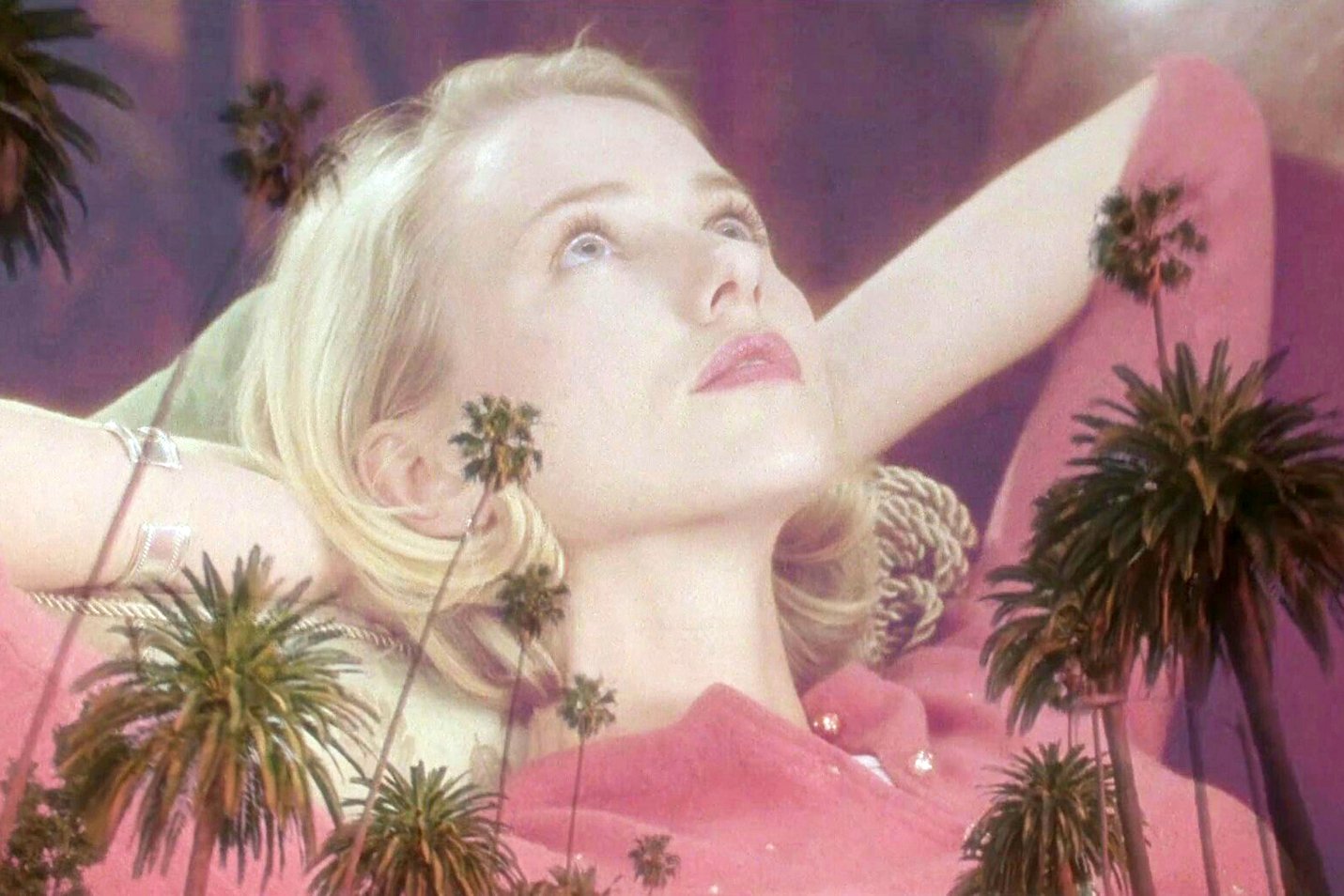
Naomi Watts: Our favourite girl in the old lamb roast TV ad who turned down a date with Tom Cruise had a dark side to her, one that flourished with her international breakthrough in David Lynch's Mulholland Drive in 2001. Although she made an earlier foray into the horror genre with 1996's Children of the Corn IV: The Gathering, in the 2000s Watts' flourished in the horror space with 2002's The Ring and its 2005 sequel The Ring Two, Lynch's Inland Empire in 2006, Michael Haneke's 2007 US remake of his earlier film Funny Games, Dreamhouse in 2011, Shut In in 2016, The Wolf Hour in 2019, and Goodnight Mommy in 2022.
Samara Weaving: Local girl makes good and becomes one of the contemporary horror genre's leading scream queens! Adelaide-born Samara Weaving has a horror filmography many would kill for, fronting an eye-watering list of horror hits including 2017's Mayhem and The Babysitter (and its 2020 sequel, The Babysitter: Killer Queen), 2019's Ready or Not, (and its forthcoming sequel, Ready or Not 2: Here I Come), 2023's Scream VI and 2024's Azrael.
Ari Wegner: The recipient of the 2021 Variety Artisan Award at the Toronto International Film Festival, Australian cinematographer Ari Wegner might not be a household name here, but she should be. Having worked with filmmakers including Justin Kurzel, Jane Campion, Ethan Coen, and US horror auteurs Amy Seimetz and Sarah Adina Smith, in 2018 Wegner shot British filmmaker Peter Strickland's gloriously deranged haunted dress horror film In Fabric, one of the most beautifully photographed horror movies in recent years.
Homework time!
There are more women involved in horror movies in Australia than could ever be squeezed into one list, literally hundreds who have also rightly earned a place in the history of women in horror in Australia.
Consider this a starting place that can continue to add your own names to. I'd recommend the following for starters:
Kylie Aoibheann, Hannah Barlow, Indianna Bell, Angie Black, Bec Burrato, Lucy Campbell, Kristina Ceyton, Jub Clerc, Perri Cummings, Jorrden Daley, Heidi Lee Douglas, Lucy Gouldthorpe, Janine Hewitt, Jasmine Jakupi, Samantha Jennings, Katrina Irawati Graham, Briony Kidd, Maria Lewis, Carly Maple, Anna McLeish, C.S. McMullen, Tania Nehme, Marion Polowsky, Madeline Purdy, Sarah Shaw, Daina Reid, Megan Riakos, Julie Ryan, Rebecca Thomson, Jessica M. Thompson, Kaitlin Tinker, Rosie Trainor, Steph Troost, Miley Tunnecliffe, Gretel Vella, Kate Whitbread, Talia Zucker…
Explore more at MIFF 2025, with the documentary adaptation of 1000 Women in Horror, as well as Hidden in Plain Sight: Women in Horror, a panel discussion featuring Alex alongside doco director Donna Davies, and programmer and academic Cerise Howard.
